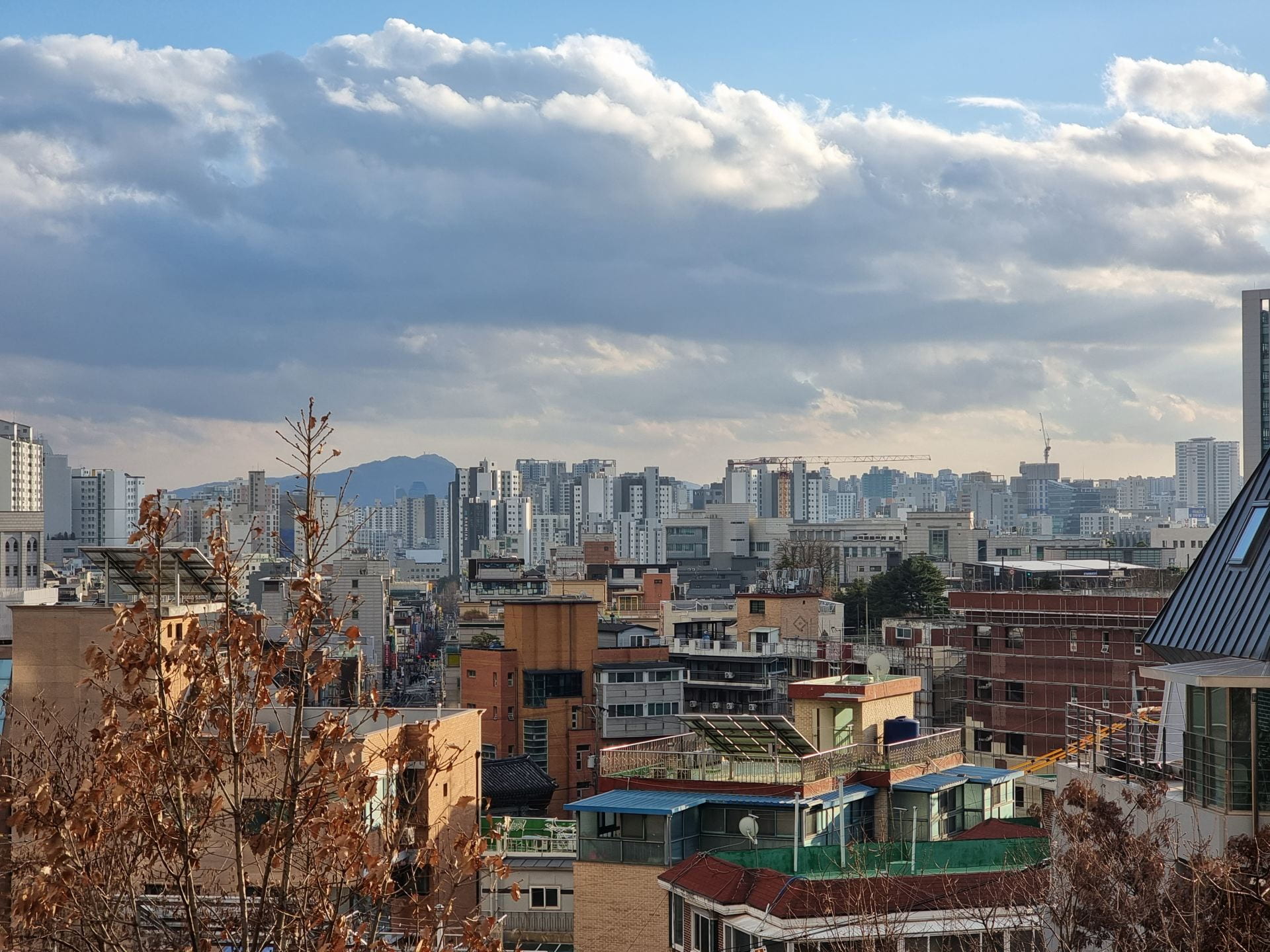As I write this, I’ve been in South Korea for almost two weeks! Before my arrival, I had anticipated that it might take some time to settle in, but funnily, I already have a vague feeling that I’ve been living here for months. Suddenly moving countries and plunging headfirst into a new environment has the slightly disconcerting effect of making you feel as if your other life is simply on pause somewhere far, far away in another universe.
The first 24 hours passed in something of a blur – the delayed departure of our initial plane from Auckland, the van ride from the airport to the dorms (with an extremely chatty driver who proudly showed off his disco lights on the roof), the gently falling snow as we woke up in the morning (a first for me!), and all the sodium-filled delights of the convenience store a mere thirty seconds from my door. Thankfully, the time difference of four hours meant it did not take long to get going – but instead meant I was awake, bright-eyed and ready to go at about 6:30 am for the first few days.
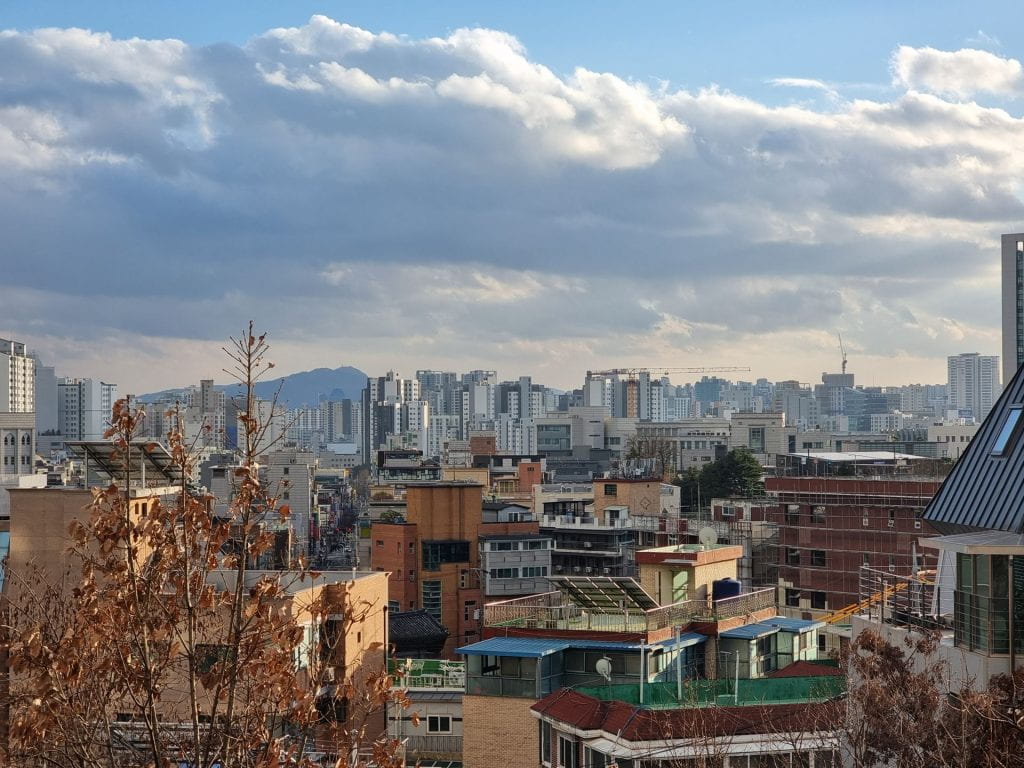
Perhaps the most striking thing I immediately noticed was the pace of the city. While Auckland is NZ’s biggest city, it simply cannot rival somewhere like Seoul (with a population of almost 10 million) regarding the speed at which everything moves. On our first outing from the dorm into the city, the sheer volume of shops, cafés, and people frequenting these was quickly apparent. This continued to be a shock – as we soon descended the steps into Seoul’s famous subway system, where you need to navigate platforms, lines, transfers, and an abundance of signs (most helpful, some confusing).
However, despite the intricacies of such a place, it was eye-opening to see it in action. Somehow, Seoul’s residents manage to create such order in the chaos. The crowds in the stations magically coalesced into a single file on the escalator (all on the right-hand side in case someone in more of a hurry needed to quickly get past) while the masses milling at the door of the train carriage split off neatly as soon as the doors opened – with a line of those waiting to board on each side of the doorway waiting for those exiting to do so through the middle, before the waiting lines filed on.
If the subway stations showed the city at its most orderly, the roads saw it at its most chaotic. Cars with seemingly a mind of their own competed with pedestrians and motorbikes navigating the streets and narrow alleys – all while I was struggling to remember to look left instead of right before stepping onto the asphalt. However, this was soon remedied by looking both ways – and so far, no unfortunate incidents have happened!
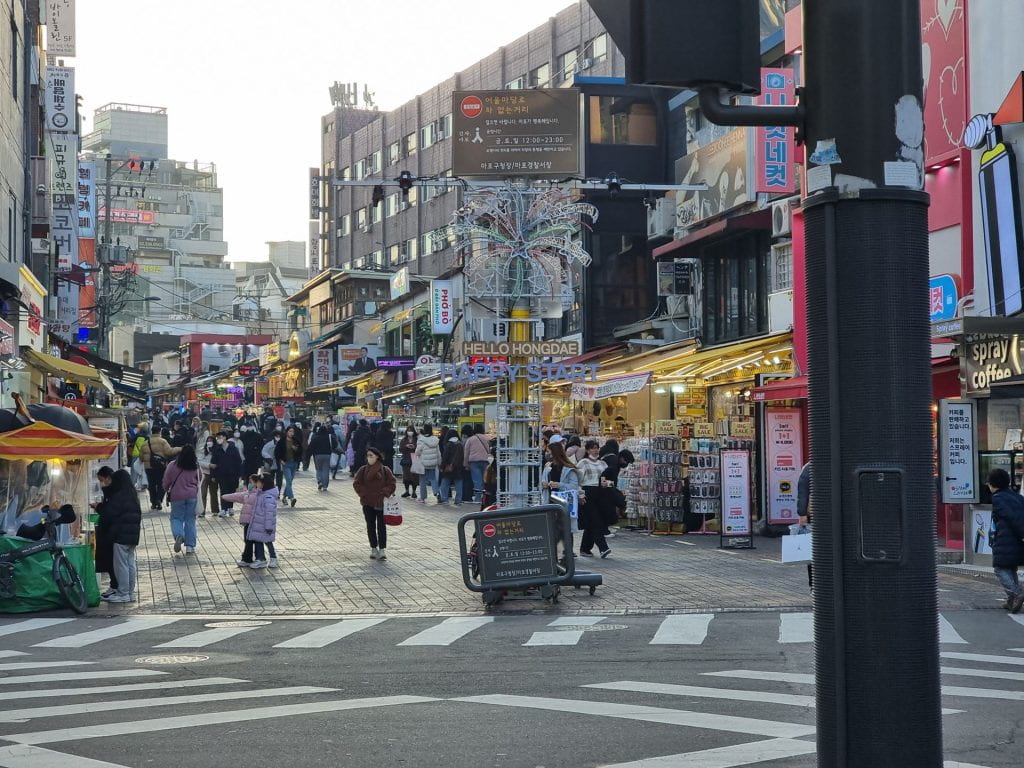
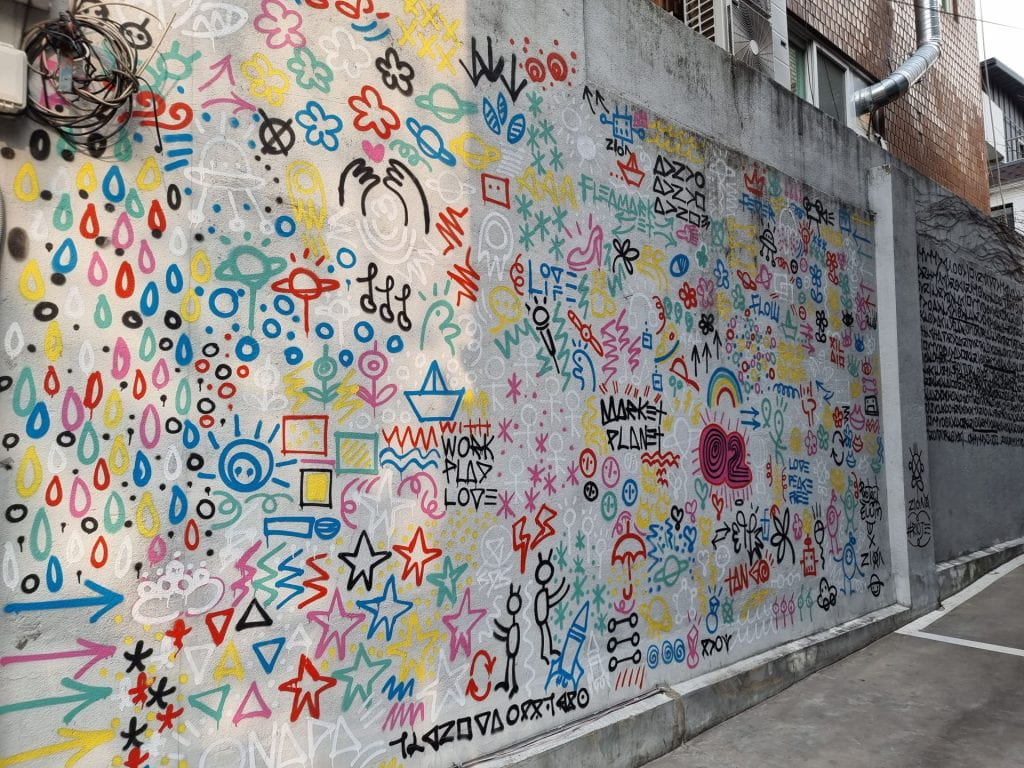
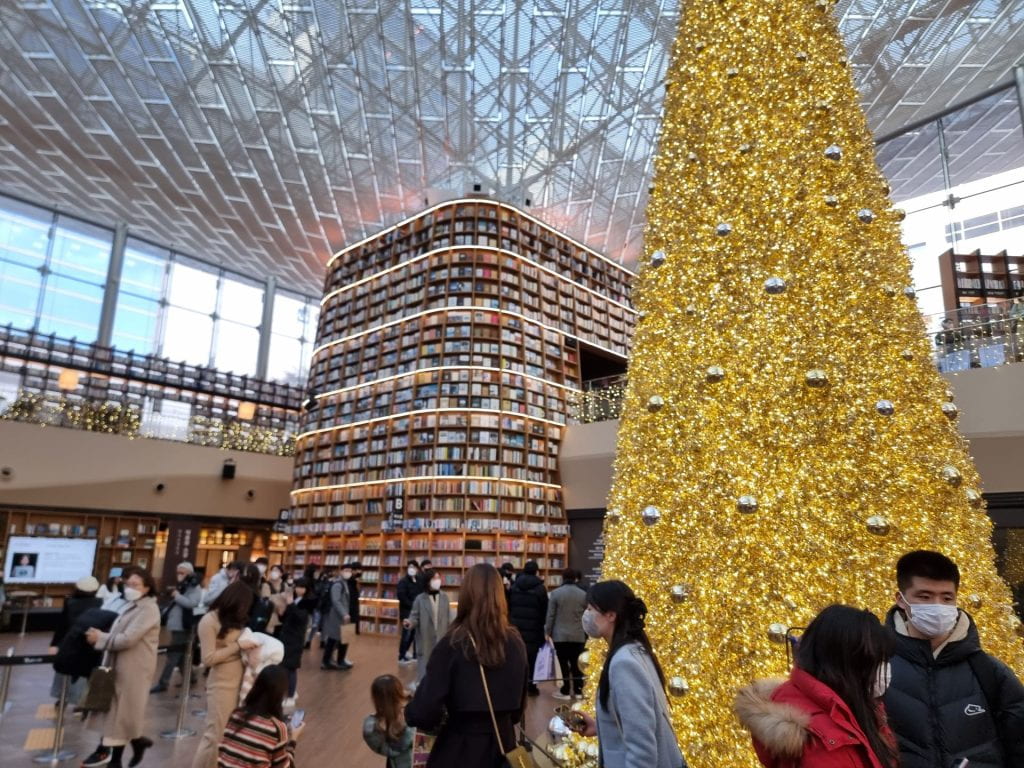
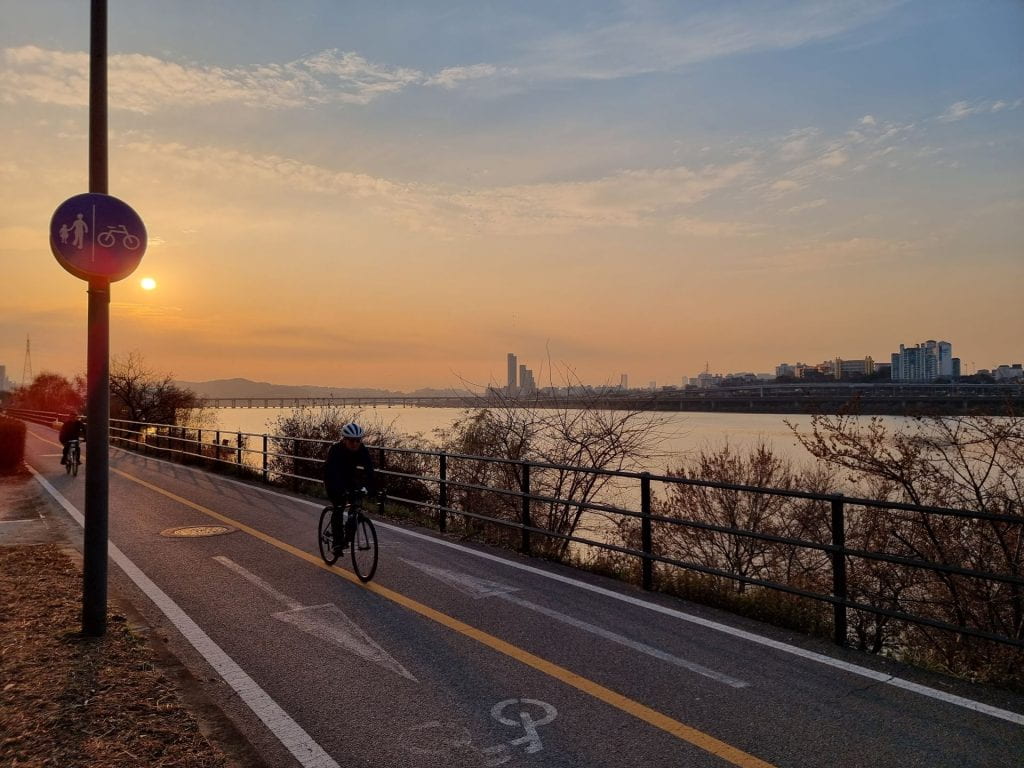

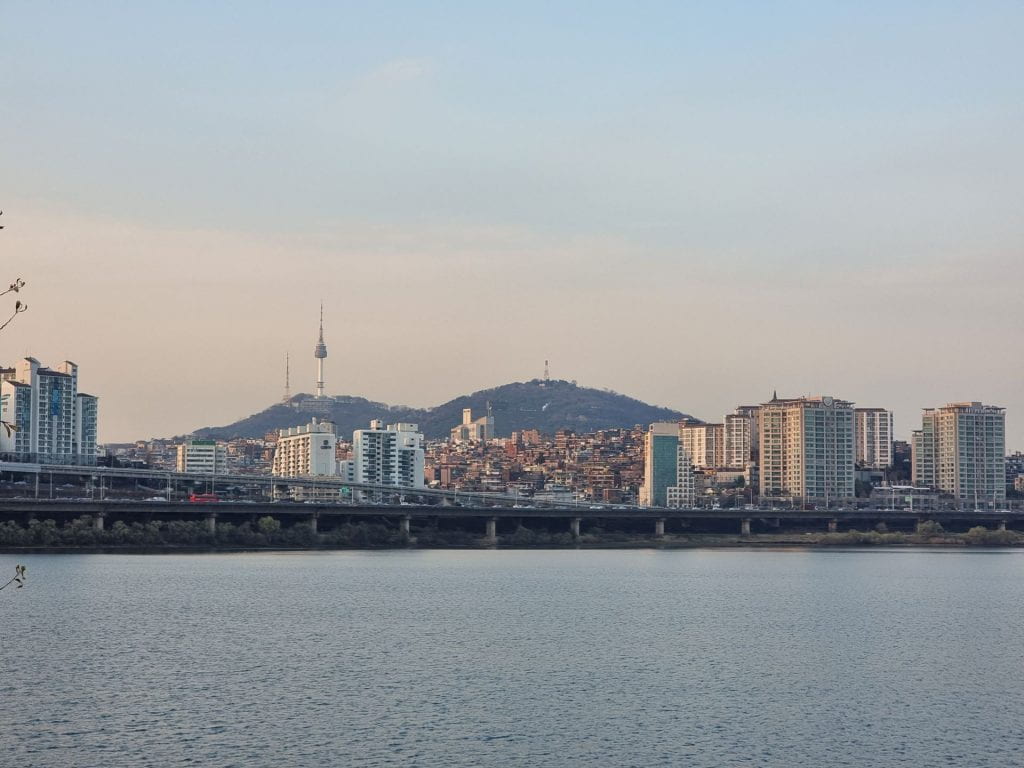
The second most striking thing (and striking in a more literal sense of the word) was the temperature. I’ve always loved warmth – I wear jeans and a sweater in the middle of summer – and this was my first time spending an extended period in sub-zero-degree temperatures. I soon made a hasty trip to buy some gloves and even sooner realised what it’s like to lose feeling in your ears! For this reason, our days spent exploring the city were punctuated by several café visits to defrost, and I soon mastered the art of ordering a drink – firstly asking for soy milk (두유가 있습니까?) before placing my order for a vanilla latte (바닐라 라떼 한 잔 주세요.)
These often spontaneous trips around the city showed me the diversity and contrast between suburbs. While Seoul is a relatively compact city, unlike the sprawling mass of Auckland, each area still has its own distinct flavour and vibe. Perhaps my favourite part of this is that you can simply disembark from the subway and then walk – until you find something or somewhere of interest. While I am very familiar with the concept of going somewhere with a destination in mind, my initial explorations of Seoul taught me that this is not necessary – you can just go – and see where you end up.
I’ve attached pictures above showing some of these fortuitous trips and the things we discovered! In the days that followed, we settled into a more routine life as classes began – but I will leave these stories for the following instalment.
